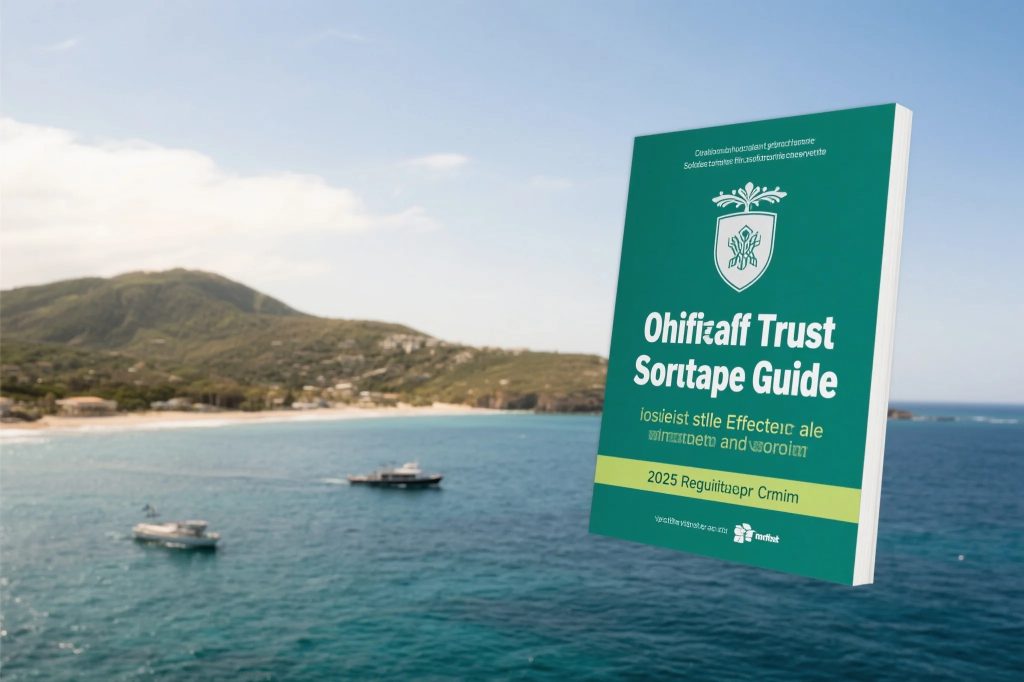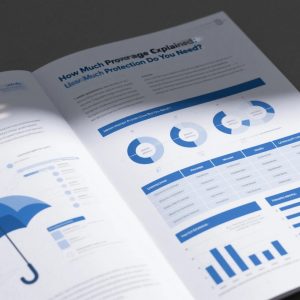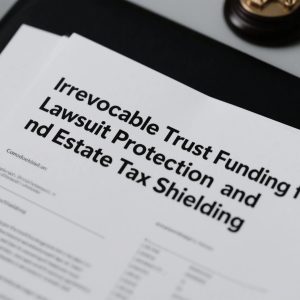The Modern Viability of Offshore Trusts in a Transparent World
The landscape of offshore trust setup has undergone seismic shifts since the early 2000s, leaving many wealth advisors questioning whether these structures still deliver meaningful protection. Contrary to popular belief, properly constructed offshore trusts remain powerful tools for international asset protection, but only when implemented with full compliance to today’s rigorous reporting standards. The key lies in understanding how recent regulatory changes have redefined – rather than eliminated – the strategic advantages of these vehicles.
Modern offshore trusts function best as part of integrated wealth shielding strategies that balance privacy with transparency. The most effective structures now incorporate CRS (Common Reporting Standard) compliance, FATCA adherence, and voluntary disclosure mechanisms that satisfy regulatory requirements while still providing robust creditor protection. This represents a fundamental evolution from the “hide everything” approach that dominated offshore planning in previous decades.
Jurisdictional Selection in the Post-Paradise Papers Era
Choosing the right location for your offshore trust setup requires careful analysis of political stability, legal tradition, and international cooperation agreements. Traditional havens like the Cayman Islands and Bermuda now offer less privacy but greater legitimacy, while emerging jurisdictions such as Nevis and the Cook Islands maintain strong asset protection laws with improved regulatory frameworks. The optimal choice depends on your specific global risk management objectives and tolerance for compliance complexity.
Sophisticated planners now often layer jurisdictions, using one country’s trust laws for statutory protections while domiciling underlying entities elsewhere for tax shelter planning efficiency. For example, a Cook Islands trust might hold a Swiss private foundation that owns Liechtenstein-incorporated operating companies. This multi-jurisdictional approach creates legal complexity that deters frivolous lawsuits while maintaining full tax transparency where required.
Structural Innovations for Contemporary Challenges
The cookie-cutter offshore trusts of the past have given way to customized solutions addressing today’s specific threats. Modern international asset protection trusts frequently incorporate:
• Decanting provisions allowing trust terms to evolve with changing laws
• Private trust company arrangements for family governance
• Blockchain-based asset registries for tamper-proof recordkeeping
• ESG-compliant investment mandates satisfying beneficiary values
These innovations transform offshore trusts from simple asset bunkers into dynamic wealth shielding strategies that adapt to regulatory and family needs over generations.
The Compliance Tightrope: Reporting vs. Protection
Successful offshore trust setup in 2025 requires meticulous attention to global reporting obligations while preserving legitimate privacy protections. The most effective structures comply with all FACTA, CRS, and beneficial ownership reporting requirements while still utilizing:
• Directed trust provisions separating investment and distribution decisions
• Protector roles preventing foreign court interference
• Flee clauses automatically relocating trusts under legal threat
• Dual-layer discretionary beneficiary structures
This careful balance satisfies regulators while maintaining the core global risk management benefits that justify the structure’s complexity and cost.
Tax Neutrality vs. Tax Avoidance
Modern offshore trusts serve primarily as international asset protection vehicles rather than pure tax shelter planning tools. While they can still provide tax deferral benefits for non-US beneficiaries and non-US assets, American grantors must structure arrangements to avoid unintended US tax consequences. The most compliant structures focus on achieving tax neutrality rather than aggressive avoidance, using mechanisms like:
• Foreign grantor trust elections for US taxpayers
• Careful sourcing rules for trust income
• Properly structured loans to domestic beneficiaries
• Transparent reporting of all controlled foreign entities
This approach minimizes tax liabilities while eliminating audit risks that could unravel the entire structure.

Asset-Specific Protection Strategies
Contemporary wealth shielding strategies recognize that different assets require tailored protection approaches within the trust framework:
Real Estate: Often held through LLCs owned by the trust to avoid local probate and provide operational flexibility
Investment Portfolios: Typically managed through private placement life insurance wrappers for additional creditor protection
Business Interests: Usually held via intermediate holding companies to isolate operating risks
Digital Assets: Increasingly protected through multi-sig wallets with geographically distributed keys
This asset-specific approach within an overall offshore trust setup provides layered protection that frustrates creditors while maintaining owner control.
The Evolving Role of Trust Protectors
Modern offshore trusts have elevated the protector role from ceremonial to central in effective global risk management. Today’s protectors often serve as:
• Compliance gatekeepers ensuring ongoing regulatory adherence
• Cybersecurity overseers monitoring digital asset protections
• Political risk analysts assessing jurisdictional stability
• Family governance facilitators aligning multiple generations
This expanded role transforms protectors from mere trust administrators to active defenders of the structure’s integrity against all forms of 21st-century threats.
Succession Planning Integration
The most effective offshore trust setup today seamlessly integrates with broader succession plans through:
• Reserved powers clauses allowing gradual control transition
• Family constitutions documenting shared values and governance principles
• Incentive trusts encouraging beneficiary development
• Private trust companies preserving family control across generations
This approach goes beyond simple tax shelter planning to create enduring family wealth ecosystems that withstand both legal challenges and generational conflicts.
Debunking Common Offshore Trust Myths
Misinformation about modern international asset protection trusts persists, including these debunked myths:
Myth 1: Offshore trusts are illegal – Reality: Fully compliant when properly reported
Myth 2: Assets become inaccessible – Reality: Modern structures allow controlled access
Myth 3: Only for ultra-wealthy – Reality: Middle-market solutions now exist
Myth 4: Guaranteed secrecy – Reality: Privacy now comes through legal means, not secrecy
Myth 5: One-size-fits-all solutions – Reality: Effective trusts require customization
Understanding these realities is essential for developing effective wealth shielding strategies that work in today’s environment.
Implementation Roadmap for 2025
Establishing an effective offshore trust today requires methodical execution:
1. Assessment Phase: Identify specific assets needing protection and potential threats
2. Structural Design: Customize trust terms to your unique situation
3. Jurisdictional Analysis: Select primary and backup trust domiciles
4. Compliance Planning: Design reporting frameworks for all relevant jurisdictions
5. Funding Strategy: Plan asset transfers to avoid fraudulent conveyance risks
6. Ongoing Maintenance: Establish protocols for annual reviews and updates
This disciplined approach creates offshore trust setup that withstands both legal challenges and regulatory scrutiny.
The Verdict: Offshore Trusts in 2025
When properly structured and maintained, offshore trusts remain the gold standard for international asset protection. The key differences in 2025 are:
• Increased upfront compliance requirements
• Greater transparency to tax authorities
• More sophisticated structuring options
• Integration with digital asset protections
• Focus on multi-generational planning
For high-net-worth individuals facing substantial liability risks, a well-designed offshore trust still provides unparalleled protection that domestic alternatives cannot match. However, it must be part of comprehensive global risk management strategy rather than a standalone solution.
Alternatives to Pure Offshore Solutions
For those deterred by offshore complexity, hybrid wealth shielding strategies combining domestic and international elements can offer balanced protection:
• Domestic asset protection trusts in favorable US states
• Foreign LLCs with US management
• Private placement life insurance with international carriers
• Dual-domiciled private foundations
These solutions provide some international diversification while minimizing compliance burdens, though with less robust protection than pure offshore trust setup arrangements.
Future-Proofing Your Asset Protection
The most forward-looking tax shelter planning now incorporates adaptability features anticipating further regulatory changes:
• Blockchain-based compliance reporting systems
• Modular trust amendments allowing quick restructuring
• Geopolitical risk triggers automatically shifting jurisdictions
• AI-enhanced monitoring of global regulatory changes
By building flexibility into today’s structures, savvy planners ensure their international asset protection remains effective regardless of future legal developments.
Conclusion: A New Era of Compliant Protection
The offshore trust has evolved from a secrecy vehicle to a transparent yet formidable component of modern global risk management. While requiring greater sophistication and compliance effort than in past decades, these structures continue to provide unique protections unavailable through domestic alternatives. For those willing to navigate the complexity, properly implemented offshore trusts remain the most bulletproof solution for shielding wealth from creditors, lawsuits, and political risks in an increasingly interconnected world.





